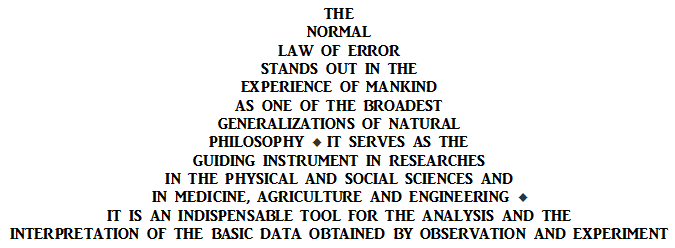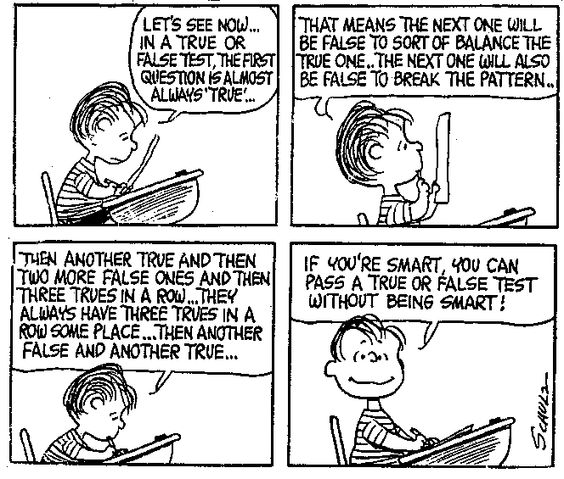Here are the proper prime divisors of the first nine natural numbers (a proper prime divisor is a prime different from n that divides n evenly):
1: (none)
2: (none)
3: (none)
4: 2 × 2
5: (none)
6: 2 × 3
7: (none)
8: 2 × 2 × 2
9: 3 × 3
So, if we include repeated instances of a given factor:
- 1, 2, 3, 5, and 7 have 0 proper prime divisors
- 4, 6, and 9 have 2 proper prime divisors
- 8 has 3 proper prime divisors
Mathematicians Ana Luzón and Manuel A. Morón of Universidad Politecnica de Madrid point out a coincidence: The numerals in each of these groups have the same basic shape — within each group it’s possible to transform one numeral into another by bending, shrinking, and expanding. So, for example, it’s possible to bend a numeral 1 made of clay into a 2 or a 7, but not into a 9 — we’re not allowed to poke a new hole in the clay or to affix one part of it to another.
Luzón and Morón write that if two of these nine numerals have the same number of proper prime divisors, then those two will “cut a sheet in the same number of pieces if you write them down with a scalpel.” And if the scalpel doesn’t cut the sheet into multiple pieces, then the number you’re writing is prime (except for 1).
Note: This works only if the numeral 4 is “closed” at the top, not open. So this post will make sense if you’re reading it on Futility Closet (which uses the “closed” font Georgia), but possibly not if you’re reading it in a different font elsewhere. Maybe this tells us how 4 “ought” to be written!
(Ana Luzón and Manuel A. Morón, “4 or 4? Mathematics or Accident?” Mathematics Magazine 75:4 [October 2002], 274.)








